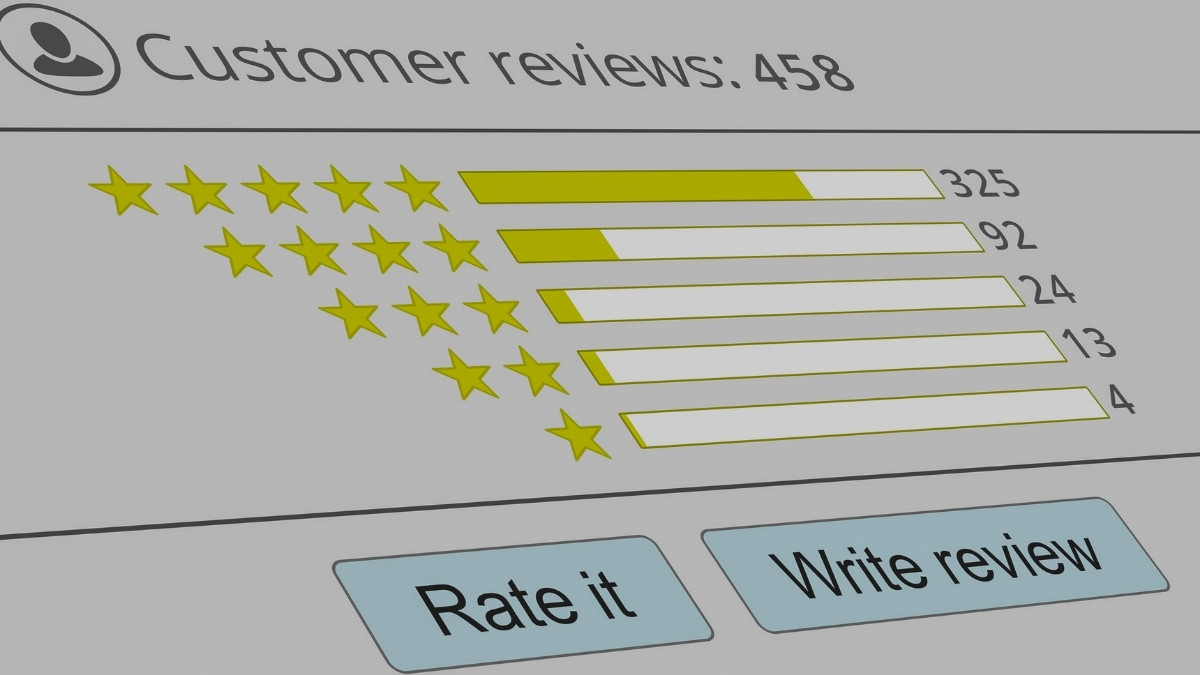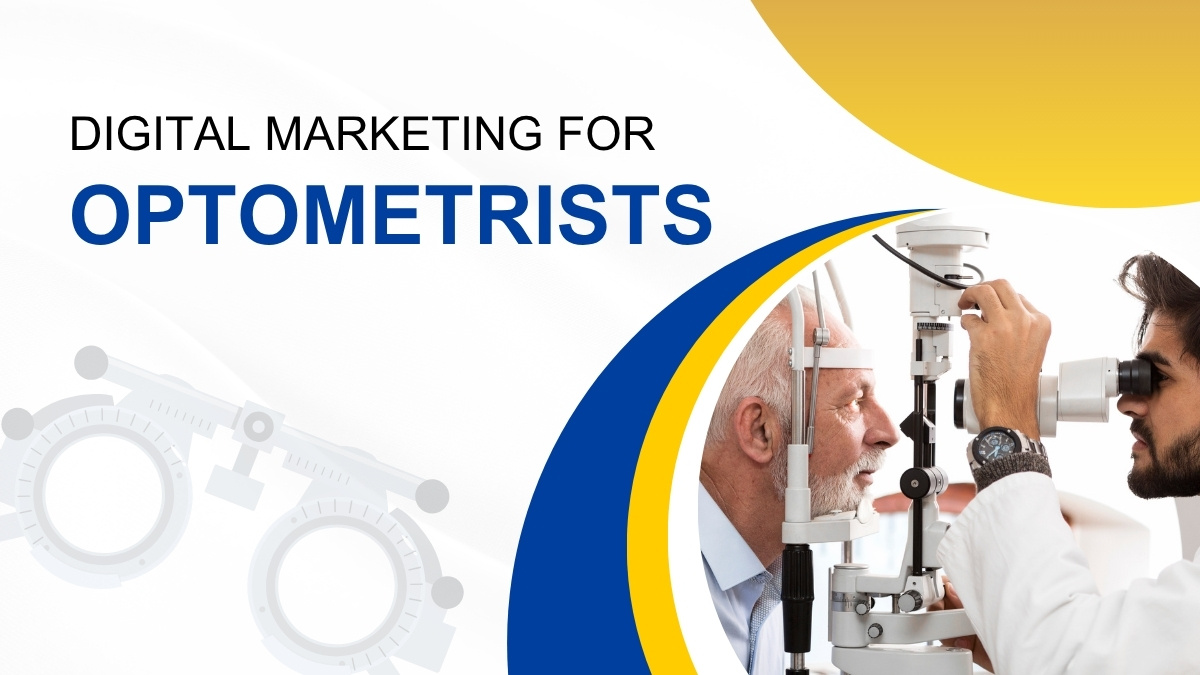
Digital Marketing for Plastic Surgeons
Your skill as a plastic surgeon is undeniable. You transform lives with your expertise and artistry. But in a competitive field, how do you connect with the patients who need your services? The answer lies in digital marketing. If that term sounds complex or intimidating, don't worry. This guide breaks it down into simple, manageable steps designed specifically for your practice.
Think of digital marketing as your modern-day waiting room. It’s where potential patients find you, learn about your work, and decide if you’re the right surgeon for them. It’s about building trust and showcasing your expertise long before a patient ever steps into your office. We'll walk you through everything from your website to social media, showing you how to attract the right patients and grow your practice.
Here’s what we will cover:
-
Why your practice needs a strong online presence.
-
How to turn your website into a patient-attraction tool.
-
The basics of getting found on Google (SEO).
-
Using social media to build trust and community.
-
The power of patient reviews and how to manage them.
-
Getting immediate results with paid advertising.
-
Leveraging email marketing to nurture leads.
-
Content marketing strategies for building authority.
-
Using video content to educate and engage patients.
Why Your Online Presence Matters More Than Ever

In the past, word-of-mouth and traditional referrals were enough. Today, your potential patients are online. They are researching procedures, looking for before-and-after photos, and reading reviews to find a surgeon they can trust. If your practice isn't visible online, you are missing a massive opportunity to connect with them.
Real-World Example:
Dr. Kim, a board-certified plastic surgeon in Atlanta, saw consultations increase by 40% within a year after investing in a robust online presence—mainly through a new website and consistent updates to her Google Business Profile.
A strong digital presence does more than just attract new patients. It establishes you as an authority in your field. It allows you to control the narrative around your practice, showcase your best work, and build a reputation for excellence. It’s your chance to answer patient questions, ease their concerns, and guide them on their journey with confidence.
Your Website: The Digital Front Door to Your Practice

Your website is the most important part of your digital marketing. It's the central hub where potential patients learn about you, see your results, and take the next step to book a consultation. An outdated or confusing website can turn people away in seconds.
Make a Great First Impression
Your website needs to be professional, modern, and easy to navigate. High-quality images and a clean design build instant credibility. It should reflect the same level of care and precision you bring to your surgical work.
Actionable Tip:
Use clear navigation menus—label pages like “Procedures,” “About Us,” “Gallery,” and “Contact” so visitors can find what they need on any device.
Show, Don't Just Tell: The Power of Before-and-After Galleries
For a plastic surgery practice, a visual portfolio is non-negotiable. A well-organized, high-resolution before-and-after gallery is often the first thing a potential patient looks for.
-
Make it easy for visitors to find examples of the specific procedure they are interested in (e.g., Rhinoplasty, Breast Augmentation, Facelift).
-
Ensure consistent lighting and angles to clearly show the results.
-
A brief, anonymous description of the patient's goals can add a powerful human element.
Case Study:
One Florida-based practice noticed that 70% of new patient inquiries specifically referenced images in their before-and-after gallery. Adding written success stories beside those images led to an even higher rate of bookings.
Essential Website Pages
Beyond the gallery, your website must have these key pages:
-
Homepage: A clear and welcoming introduction to your practice.
-
About Us/Meet the Surgeon: This is where you build a personal connection. Share your credentials, your philosophy of care, and what makes you unique.
-
Procedures: Detailed pages for each service you offer. Explain the procedure, who it's for, and what to expect.
-
Contact/Book a Consultation: Make it incredibly simple for visitors to get in touch. Include your phone number, address, a map, and a simple contact form.
-
FAQs: Answer common patient questions to reduce barriers to booking a consultation.
Actionable Tip:
Display a friendly, recent photo of yourself and your team on your About page. Patients feel reassured when they can put a face to your name.
Get Found on Google: A Simple Guide to SEO

Search Engine Optimization (SEO) sounds technical, but the concept is simple: it’s the process of helping search engines like Google understand what your website is about so they can show it to the right people. When a potential patient in your city searches for "best rhinoplasty surgeon" or "mommy makeover near me," you want your practice to appear at the top of the results.
Find Your Keywords
Keywords are the phrases people type into Google. Your goal is to identify the keywords relevant to your practice. Think like a patient. What would they search for?
-
Procedure-based keywords: "liposuction," "tummy tuck," "Botox."
-
Location-based keywords: "plastic surgeon in Miami," "facelift NYC."
-
Question-based keywords: "how much does a breast augmentation cost," "recovery time for a nose job."
Actionable Tip:
Use Google’s free Keyword Planner to discover popular search terms in your area. Even a few hours of research can help your pages show up for the right searches.
Put Keywords in the Right Places
Once you have your keywords, you need to include them naturally on your website. The most important places are:
-
Page titles and headings
-
The text on your procedure pages
-
Your "About" page
-
Image alt text (describing your photos for Google)
Example:
A page about facelifts could use the phrase “facelift surgery in Austin” in the heading and a few times in the page content, but should still sound natural when read aloud.
Local SEO: Make Sure Locals Find You
For surgeons, local SEO is powerful. Register your practice on Google Business Profile, provide complete and up-to-date information, and add high-quality photos.
Actionable Tip:
Ask happy patients to leave a Google review after their visit. The more positive reviews you have, the higher you'll appear in local searches.
Social Media: Building Trust and Community

Social media is not just for sharing vacation photos. For plastic surgeons, it's a powerful platform for education, engagement, and showcasing your work in a relatable way. It helps you build a community around your practice and establish a trusted brand.
Which Platform is Right for You?
You don't need to be on every platform. Focus on the ones where your potential patients are most active.
-
Instagram: Highly visual and perfect for sharing before-and-after photos, video testimonials, and behind-the-scenes content. Use Reels to explain procedures or answer common questions.
-
Facebook: Great for building a community, sharing patient education articles from your blog, and running targeted ads.
-
TikTok: Excellent for reaching a younger demographic with short, educational, and engaging video content.
Actionable Tip:
If you’re short on time, start with Instagram as most patients expect to see before-and-after photos and short video clips here.
What Should You Post?
Your social media content should be a mix of educational, promotional, and personal posts.
-
Educational Content: Post videos explaining a procedure, "myth vs. fact" graphics, or posts about recovery tips. This positions you as the expert.
-
Before-and-Afters: This is your most powerful content. Always get patient consent and be mindful of platform guidelines.
-
Meet the Team: Introduce your staff to humanize your practice and show the friendly faces who will be part of the patient's journey.
-
Answer Questions: Use features like Instagram Stories' Q&A sticker to directly address follower questions.
Example Posting Plan:
-
Monday: Educational post on surgical safety
-
Wednesday: Before-and-after photo
-
Friday: Team spotlight or personal message from the surgeon
Leveraging Video Content for Patient Education
Video is one of the most engaging formats online. Patients love seeing quick educational clips, explanations, or “day in the life” stories from their physician.
Actionable Tips for Video:
-
Keep videos short (1-3 minutes) for social media.
-
Use subtitles so people can watch without sound.
-
Give a tour of your office or walk through the consultation process.
Case Study:
Dr. Reed, a plastic surgeon in Seattle, started a monthly Instagram Live “Ask Me Anything” session. Over six months, he gained hundreds of new followers and booked numerous consultations from patients who watched the sessions.
The Power of Online Reviews

Online reviews are the digital equivalent of word-of-mouth referrals. The vast majority of patients read reviews before choosing a doctor. A strong collection of positive reviews on platforms like Google, Yelp, and RealSelf can be the deciding factor for a potential patient.
How to Get More Reviews
The best way to get reviews is to provide an exceptional patient experience from start to finish. Happy patients are often willing to share their stories.
-
Just Ask: The simplest method is often the most effective. As part of your post-op follow-up, ask satisfied patients if they would be willing to leave a review.
-
Make it Easy: Send a follow-up email or text with a direct link to your preferred review platform (e.g., your Google Business Profile). The fewer clicks required, the better.
-
Show Gratitude: Always thank patients for their feedback, whether positive or negative.
Actionable Tip:
Include a small card with post-op instructions reminding patients how and where to leave a review.
How to Handle Negative Reviews
Every practice gets a negative review eventually. How you respond is what matters.
-
Acknowledge the patient's feedback publicly.
-
Offer to discuss the issue privately. Write something like, "We are sorry to hear your experience did not meet your expectations. Please contact our patient coordinator at [phone number] so we can address your concerns directly." This shows you are responsive without violating patient privacy.
Example Response:
“We appreciate you taking the time to share your feedback. Our goal is for every patient to leave satisfied. Please contact our office so we can address your concerns directly.”
Paid Advertising: Reaching Patients Directly

While SEO and social media are long-term strategies, paid advertising can deliver immediate results. It allows you to place your practice directly in front of people who are actively searching for your services.
Google Ads
With Google Ads, you can bid on your target keywords. When someone searches for "breast augmentation in Dallas," your ad can appear at the very top of the search results page. This is a powerful way to capture high-intent leads—people who are ready to take action. You only pay when someone clicks on your ad, making it a cost-effective way to drive consultations.
Case Study:
A New Jersey plastic surgeon invested $500/month in Google Ads for “liposuction” and saw a 22% increase in consultation requests, with an average return of $8,000 in procedure bookings each month.
Social Media Ads
Platforms like Facebook and Instagram allow you to target ads with incredible precision. You can target users based on their age, location, interests (e.g., interest in beauty and wellness), and online behaviors. This is perfect for promoting a new service, an informational event, or simply raising awareness of your practice within your local community.
Actionable Tip:
Promote a special offer, such as a discounted consultation fee, and use eye-catching images for your ad creative.
Content Marketing Strategies: Becoming the Go-To Expert

Content marketing means creating valuable, free content—like articles, videos, checklists, or guides—that answers your patients’ biggest questions.
Blogging for Authority
Maintaining a blog on your website helps drive traffic from Google and positions you as an expert. Cover common concerns and industry trends.
Blog Topic Ideas:
-
What to Expect During Your First Consultation
-
How to Choose the Right Procedure for You
-
Myths and Facts About Cosmetic Surgery
-
Skin Care After Cosmetic Procedures
Actionable Tip:
Schedule one new post per month to start; quality matters more than quantity. Use lots of images, bullet points, and plain language.
Downloadable Resources
Offer a free resource—like an eBook, surgery checklist, or recovery calendar—in exchange for an email address. This helps build your mailing list for future outreach.
Leveraging Email Marketing to Nurture Leads

Email remains a reliable way to stay connected with both prospective and current patients. It’s personal, direct, and works well for following up or sharing updates.
Building Your Email List
-
Offer a signup form on your website for updates or special offers.
-
Collect patient emails (with permission) during the consultation process.
What to Send
-
Monthly newsletters with office updates, upcoming webinars, or featured procedures
-
Educational emails addressing common FAQs
-
Special offers (discounted consultations or package deals)
Actionable Tip:
Don’t overwhelm your subscribers. One or two emails per month is enough to keep your practice top-of-mind without annoying readers.
Example Sequence:
A patient requests information about breast augmentation. They receive:
-
An automated welcome email with an FAQ link.
-
A follow-up message after one week, offering a virtual consultation.
-
A monthly newsletter with stories from satisfied patients and care tips.
Measuring Success: What to Track and How to Adjust
Digital marketing is an ongoing process. The good news is everything can be measured and improved.
Key Metrics to Watch
-
Website visits and most popular pages
-
Number of appointment requests or consultation bookings
-
Social media follower growth and post engagement
-
Cost per lead from paid ads
-
Review ratings and number of new reviews
Actionable Tip:
Set aside an hour monthly to review your website analytics and social media insights. Note what drives results and where you may need to adjust.
Final Thoughts
Digital marketing doesn't have to be overwhelming. Start small. Begin by evaluating your website. Is it professional, easy to use, and full of helpful information? Then, focus on consistently asking your happy patients for reviews.
Explore one new channel—maybe Instagram, a monthly newsletter, or adding educational blog posts. As you grow comfortable, layer in more techniques. Consider working with a marketing consultant who can tailor strategies to your goals and guide your progress.
By implementing these strategies, you can build a powerful online presence that not only attracts new patients but also establishes you as a leading, trusted surgeon in your community. You can effectively showcase your skill and connect with the people who need your life-changing services.
30 minutes
Expert Consultation
Terms & Agreements
By booking a free 30-minute consultation, you agree to our terms, including scheduling, cancellation policies, and confidentiality. The session provides expert advice without guarantees of specific outcomes or results.






Leave a Reply
Your email address will not be published. Required fields are marked *